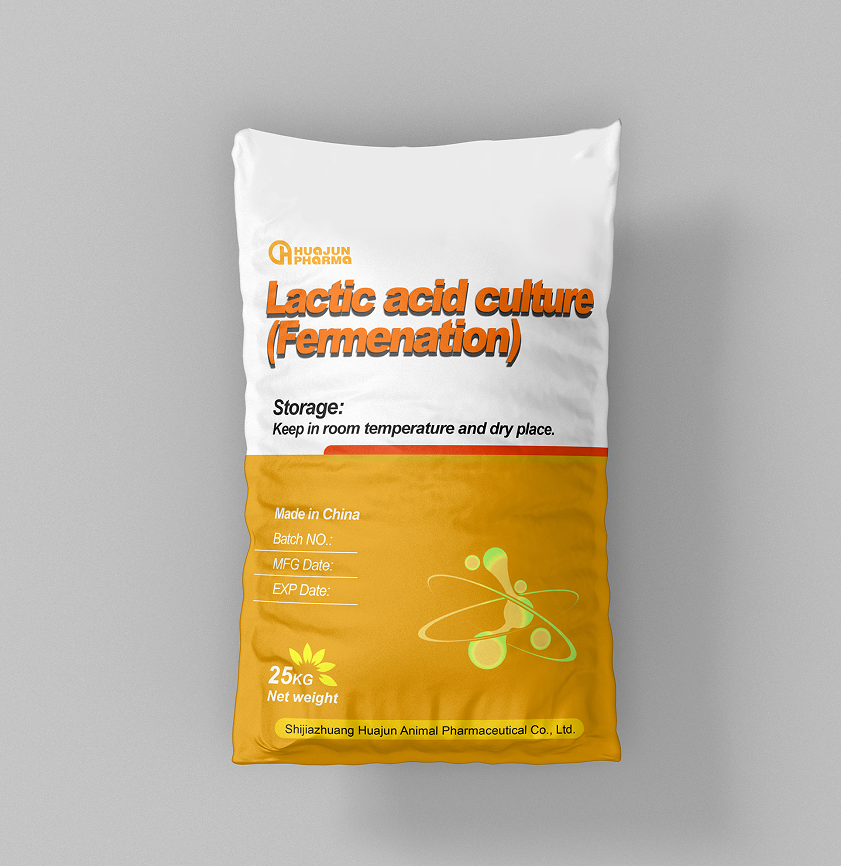
Th12 . 11, 2024 10:41 Back to list
Tiamulin Production Facilities and Their Impact on Pharmaceutical Manufacturing Industry
The Role and Importance of Tiamulin Factories in the Pharmaceutical Industry
Tiamulin is a semi-synthetic antibiotic belonging to the pleuromutilin class of antibiotics, primarily used in veterinary medicine for its broad-spectrum antimicrobial properties. It is especially effective against certain Gram-positive bacteria and some Gram-negative bacteria, particularly in livestock such as pigs and poultry. With the rise of antibiotic resistance and the growing demand for animal health products, the role of tiamulin factories has become increasingly significant in the pharmaceutical landscape.
Manufacturing Processes in Tiamulin Production
The production of tiamulin involves complex chemical processes that require advanced technology and stringent quality control measures. Tiamulin is synthesized from natural sources, usually derived from a compound known as pleuromutilin, which is produced by specific fungi. The manufacturing process typically includes several key steps, such as extraction, purification, and synthesis, each demanding high levels of precision.
Quality assurance is paramount in the production of tiamulin, as any impurities or deviations can result in ineffective or potentially harmful products. Tiamulin factories employ rigorous testing methods to ensure that the final product meets regulatory standards and is safe for animal consumption. This involves both in-process testing during production and final product evaluations conducted by specialized quality control teams.
Market Demand and Economic Impact
The demand for tiamulin stems from its effectiveness in controlling veterinary diseases, particularly swine dysentery and pleuropneumonia. As livestock farming continues to expand globally, the need for reliable and effective antibiotics like tiamulin has grown significantly. Farmers rely on these medications to maintain animal health, prevent disease outbreaks, and ultimately ensure food security.
Economically, tiamulin factories contribute to local and global markets in various ways. They create job opportunities in manufacturing, research and development, quality assurance, and logistics. Additionally, the export of tiamulin and other veterinary medicines can significantly impact a country's trade balance. As international regulations regarding antibiotic use in livestock tighten, the production of veterinary medicines becomes increasingly critical not only for domestic use but also for export to countries with high agricultural demands.
tiamulin factories

Regulatory Compliance and Ethical Considerations
Due to the increasing scrutiny on antibiotic use in agriculture, particularly concerning the development of antibiotic-resistant bacteria, tiamulin factories must operate within strict regulatory frameworks. Governments and international organizations closely monitor antibiotic production to ensure compliance with safety standards and to minimize risks associated with overuse and misuse of antibiotics in animal husbandry.
Ethical considerations also play a role in the operations of tiamulin factories. The balance between promoting animal health and ensuring public safety is a delicate one. Manufacturers are encouraged to focus on responsible antibiotic use and explore alternatives, such as vaccines and probiotics, to reduce reliance on antibiotics for disease management in livestock.
Future Directions and Innovations
As the pharmaceutical industry evolves, tiamulin factories are likely to see advancements in production technologies and methodologies. Innovations such as continuous manufacturing processes and biotechnology applications may enhance production efficiency and reduce costs. Moreover, research and development in new formulations or combinations with other therapeutics could increase the effectiveness and reduce the likelihood of resistance development.
Furthermore, collaborations between manufacturers, veterinary professionals, and public health authorities will be essential in driving the responsible use of tiamulin and similar antibiotics in agriculture. Education regarding best practices in antibiotic use for livestock farmers can also contribute to the sustained viability of these critical pharmaceuticals.
In conclusion, tiamulin factories play a pivotal role in the veterinary pharmaceutical industry, facilitating the production of vital antibiotics that promote animal health and food safety. As the industry faces new challenges, a commitment to quality, regulatory compliance, and responsible antibiotic stewardship will be essential for ensuring the continued relevance and efficacy of tiamulin in an increasingly complex agricultural landscape.
-
Amoxicillin for Rats Factories | Manufacturer & Supplier
NewsJul.22,2025
-
Epic Sepsis Factories & Ivermectin Injection Supplier | Certified Quality Manufacturing
NewsJul.21,2025
-
Afoxolaner & Milbemycin Chewables for Fleas, Ticks, Worms in Dogs
NewsJul.20,2025
-
Premium Young Chicken - Leading Young Chicken Manufacturer & Supplier for Fresh Poultry Needs
NewsJul.08,2025
-
Enterococcus Faecalis Mold Remover – Powerful & Safe Solution from Trusted Manufacturer
NewsJul.08,2025
-
Premium Diarrhea Treatment Solutions Leading Diarrhea Factories & Suppliers
NewsJul.08,2025




